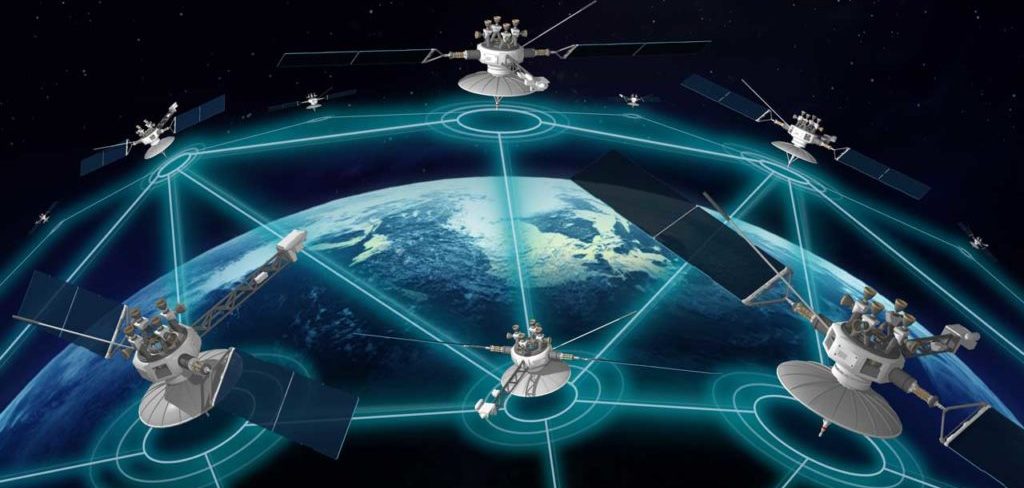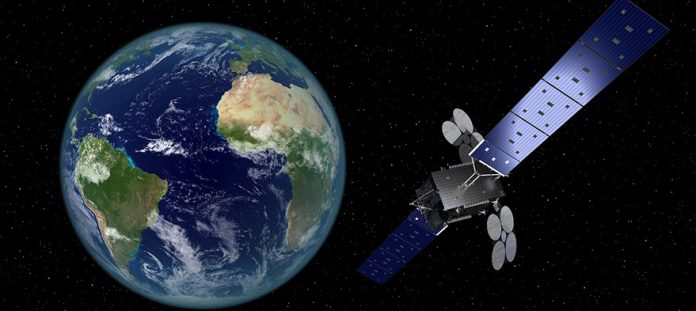- The advancement being witnessed in the field of space technology, which also includes satellite-based mind-blowing innovations to speed up the information-based digital platforms, is going to be a revolutionary invention comparable to any of the biggest developments of the century. With the exponential growth in the satellite-based internet services in India primed to take off big time in line with the global tendency, many private big-tech companies are lining up to go one up amongst the growing competitors. Against this backdrop, the Government of India last week put out an advisory cautioning people that the pre-selling pitch of Starlink Internet Services to offer satellite-based internet services in India is not licensed.

PC: Jon Barrow
- Soon after the cautioning from the Government, the instant company has reportedly applied for one. For the people unaware of the company, Starlink is a division of SpaceX, a private American aerospace company, that is among a group of businesses on the threshold of disrupting connectivity through satellites. Needless to mention, the development on the technology front showcases the inevitability of introducing policy challenges for the Indian authorities in trying to balance many interests without holding back emerging technology which could be a gamechanger of sorts. We are aware that the ensuing 5G technology is expected to transform connectivity like never before.
- Current technological advances here span overlaying existing 4G networks with non-standalone 5G, among others. The challenge confronting the authorities is the use of satellites to bypass hurdles associated with terrestrial networks. Looking at the data point explains the economics underpinning it. Note that between 1970 and 2000, the average cost of launching an object into orbit was around $18,500 per kilogram. Since then, it’s fallen to about $2,720 per kilogram and is expected to keep coming down. As such, the disruption is coming through the Low Earth Orbit satellite (Leo) which is below 10 kgs and orbits the planet many times a day at a distance of 500-1500 km.

PC: Cara Morgan
- No wonder, from China to traditional private satellite companies as well as new players, including representatives of Big Tech, are launching using the constellations of Leo. Moreover, thousands of satellites planned can potentially shake up connectivity. On its part, the Government has been looking for ways to adapt the policy to emerging trends. As part of the plan, the telecom regulator Trai was asked to recommend a licensing framework for satellite-based connectivity. The Trai made suggestions include the policy to be agnostic to models types of satellites or spectrum bands. Idea is to have a policy that should not try to pick the winner.
- The Government should put in place a policy accounting for two features. As is known, any technological evolution is dynamic breaking down barriers and leading to convergence across sectors. Of course, no regulator can anticipate the future. Therefore, any policy tweaks must have to account for unforeseeable changes and provide a pathway for incumbents to adapt and others to enter. Thus, India’s success in a digital world will largely depend on getting policy adjustments right. Hopefully, the Government will be mindful of this fact.






